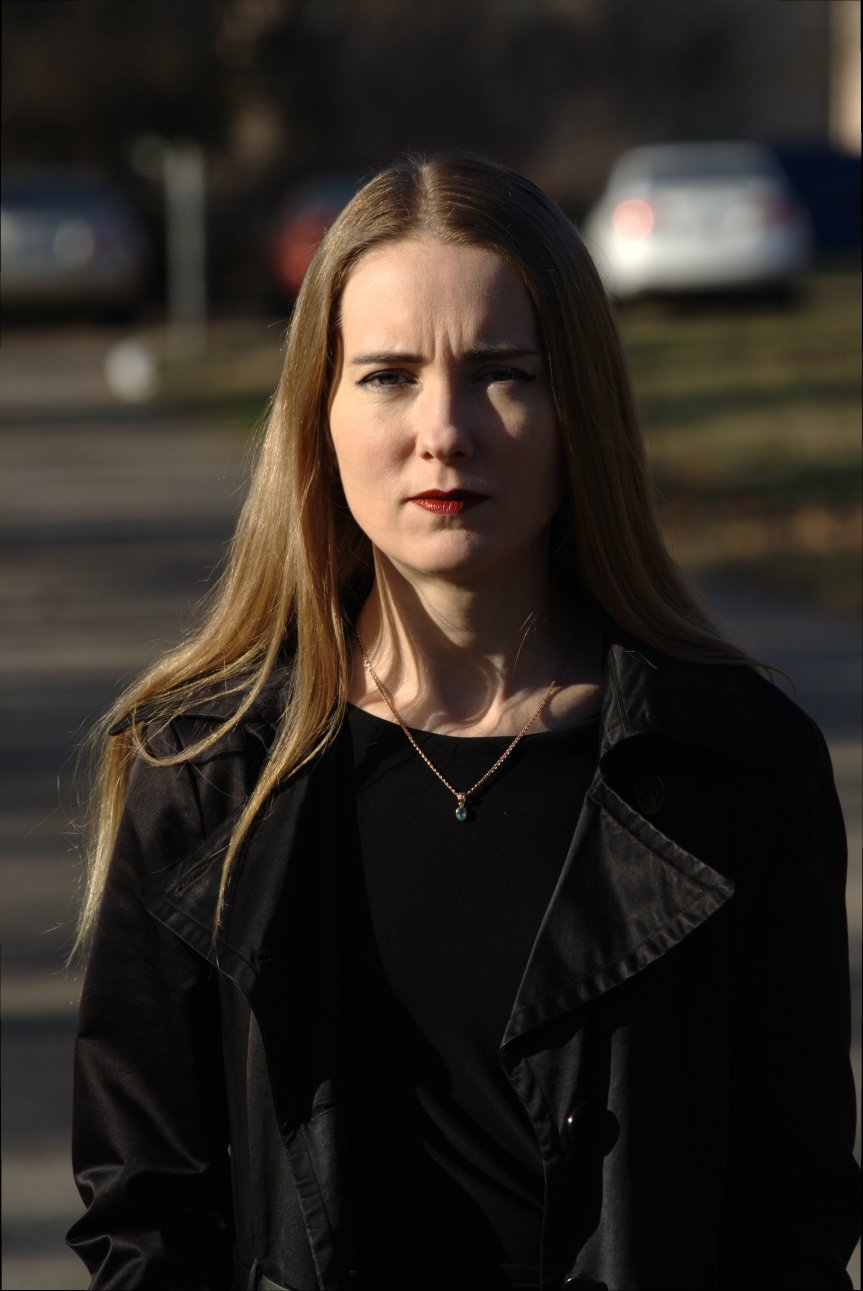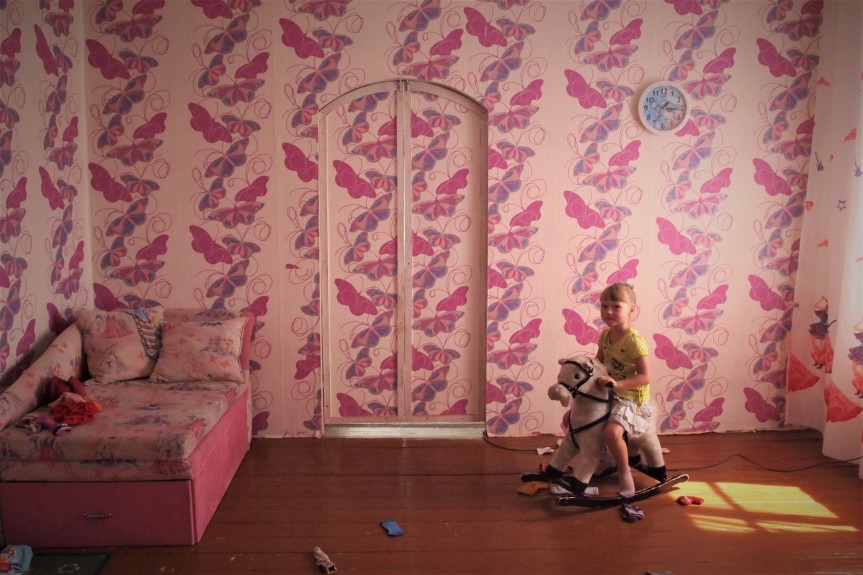This year’s anthropological meeting was productive; I like big gatherings; usually, I receive there notes and feedbacks that I am able to incorporate in my work because they are dense, to the point, and affirmative. Anthropology and science in general, particularly social science, but also its humanitarian incarnation, the socio-cultural anthropology, tend to come to any fruition (if they do) as collaborative processes, despite their continual stressing of the role of the author. We’re still privileging the singular, sole author, as opposed to some other branches of anthropology that are more explicit in doing things collaboratively–the socio-cultural anthropology is no exception; it is also a 100% collaborative process.
I participated in the 116th AAA with two projects that are linked in ways more numerous that I will be able to articulate in this quick blog post. It will suffice to say for the time being that they should end up as parts of my dissertation. Both these projects emerge out of my Siberian explorations; my interests in the phenomenological side of the materialities of the world; my suspicion that such materialities are mutable and multiple; and also from my interest in people and from me asking and re-asking the questions: How do I tell stories? How do I convey things I saw? How do I transport this audience, this group of people, this listener, this reader, into my own world, which incidentally, at least in part, is an unequivocally Siberian world?
My first presentation came out of the episode which I had been hoping to run in a group of anthropologists for a while. I wrote it down almost entirely right after these episodes had transpired. Yet it took me two years to work through some theory pertaining to that day, to two episodes / two encounters. The theory is there to make it all make sense, as it were.
The piece is about a never-completed architectural project, the Palace of Pioneers in Bratsk, and fantasies and ideas unfolding around it and in proximity to it. Two years is not the end of thinking about one day; this piece continues to be a work in process.
The piece is titled In Proximity of Ruins: Haunted Space and the Mutant Fantasy.
Here is the link to an MP3 recording of the presentation.
(The first one minute and a half of the recording is a lovely murmur of papers and a little bit of commotion; I considered cutting this part but then decided to leave it as is for the sake of a sensorial affect of presence).
The panel where I gave this presentation, is the result of a much-cherished friendship of mine–of an intellectual partnership, a connection between my colleague, the anthropologist Rick Smith and me. The panel was titled Summoning the Past: Contestations of Matter, Space, and Time in the Reproduction of State Power. The concentration on summoning, bringing together matter, space, and time, all in a focus of how the state uses these parameters of the “reality” in view of the reproduction of state power, had allowed us to bring together scholars from different, sometimes perceived as far-flung, wings of the discipline. I find such get-togethers particularly generative in terms of ideas and in terms of acquiring the new angles on the same matters.
We were extremely lucky to have Doctor Eben Kirksey, whose presence as a discussant on our panel was very welcome. Dr. Kirksey was extremely generous in providing the much-needed feedback.
It was an honor to present alongside with Rick Smith, Magdalena Stawkowski (whose work I use in my piece), Mary J Weismantel, and also to have Joanna Radin on our panel, who regretfully could not grace us with her physical presence, but whose amazing presentation Dr. Kirksey delivered himself. I am looking forward to seeing, reading, learning always more about, as well as celebrating the works, of all the participants on our panel.

Craig Campbell took this snapshot, a photographic evidence of the (already) past. In the picture: Dr. Rick Smith and I
My second presentation at AAA 2017 was titled Life and Death in a Siberian Village, and this is one of my favorite projects.
Here is a link to an MP3 recording of this presentation.
I will not upload the visual component of this presentation as I am going to convert it into a photo essay.
This is a project of handwriting that my scientific advisor, anthropologist Craig Campbell, prompted and encouraged me to do.
The curatorial collective Writing With Light put together a two-part roundtable. A diverse group of artists, photographers, visual and multimedia scholars, and anthropologists presented their projects where text and photography, sound and image, language and… language–come together to generate a bunch of different, often complex and ripe with tensions, relationships. It is with great interest that I observed the photo-essays in progress by participants of the roundtable.
I am grateful to Kate Schneider and Camilo Leon-Quijano for their insightful comments on my essay.




